It’s well established that social media can have a huge impact on e-commerce sales but how big of an impact does social media really have and what are the best ways e-commerce brands can leverage social media today to increase sales? In this article, we explore the key trends in social media impacting e-commerce sales and tips to help you reach a broader audience for your business on each platform, grow your e-commerce brand, and drive more sales from social media platforms like Facebook, Instagram, and TikTok.
Social Media Marketing Essential To E-Commerce
According to SproutSocial.com, as of January 2022, nearly 4 billion people use social media across all platforms, spending more than 95 minutes per day on social media sites. Historically, social media pages have helped increase brand awareness, instantly connecting you with your audience like no other form of advertising can, with the added benefits of users spreading the word about your products when your ads go viral. Additionally, referrals coming from friends and contacts have lent social proof to your business. Today, however, as more people are shopping online than ever before, social media marketing should be an essential part of your overall marketing strategies. Where do you start?
Defining Social Media Marketing Goals
According to the 2021 Sprout Social Index™, “the most common goals for social marketing are increasing brand awareness (58%) and increasing community engagement (41%).” Defining your social media goals is the first step in figuring out where and how to spend your social media marketing dollars. ??Other common social media goals for your e-commerce business might include:
- Driving more traffic to your site – Either through posts or ads, tuning into your conversions and URL clicks can help you better determine your ROI from social media.
- Generating leads and sales – Alerting your customers to new products, specials, and exclusive sales opportunities for email list customers.
- Growing your brand’s base – Paying attention to the conversations in your industry to find more visitors, finding the pulse of your audience, and listening to what they’re saying.
Knowing what is the right combination of social media goals for your business can be daunting but when you set goals, remember they should be SMART goals. Goals should be:
- Specific: Clear, simple, and defined goals.
- Measurable: Goals that have one or more metrics, such as KPIs.
- Achievable: Do you have the resources to accomplish your goals?
- Realistic: Given your current time and money resources, is achieving your goals possible?
- Time-sensitive: Set a time frame for every goal, whether it’s for a year or several months.
Research Your Audience
To determine which social platforms will best suit your audience, you need to research your audience. SproutSocial revealed that “Only 55% of marketers use social data to better understand their target audience, making it a huge opportunity for both leaders and practitioners.” Along with your CRM, using your Google and email analytics, your customer service platform, or even your best-selling products you can get insights into your audience’s likes and dislikes. E-commerce businesses that use a 3PL service provider, such as Phase V Fulfillment, for their online order fulfillment have a range of data-based analytical tools that can help determine the demographic groups your products or services attract.
Data-Based Metrics And KPIs
Another thing to consider is what metrics you need to give you the best KPIs for your social media marketing strategies. Here’s a list of the most commonly used metrics:
- Reach – How many unique users saw your post. How much content is reaching users’ feeds?
- Clicks – How many clicks on your content or account? Tracking clicks is crucial to find out what is driving curiosity or encouraging people to buy.
- Engagement – How many social interactions divided by the number of impressions or views occurred? Indicates how well your audience perceives you and how willing they are to interact.
- Hashtag performance – What hashtags did you use most? Which hashtags were most associated with your brand? Knowing this will help shape your content moving forward.
- Organic and paid likes – How many interactions are attributed to paid or organic content? With organic content, “likes” can be hard to gain so many e-commerce brands are investing in paid social media ads. Seeing the difference can help you budget your ad spend and the time you need to invest in different formats.
- Sentiment – How do users react to your content, brand, or hashtags? Do users find your message appropriate to the brand, or offensive and irrelevant? What sentiment is associated with your campaign hashtag?
Effective social media marketing metrics should align with your goals!
A Word About Content
Engaging content rules on social media! Marketers have an array of different formats to explore what works the best for their audiences. Stories are a big current trend, with user-generated content continuing to validate your products, in the same way that good reviews play a huge role in expanding your base. Answering any customer service questions in a timely fashion, addressing your customer’s unfavorable reviews, and resolving issues to retain your customers is vital to keeping your brand relevant and showing you care about your customers!
Which Platforms Will Work Best For My Business?
- Facebook
Although Facebook is still encountering privacy concerns and scrutiny over the “Meta” rebrand, Facebook continues to be an advertising powerhouse, with a hefty user base. Whether you should focus on Facebook or not depends on your brand. According to SproutSocial, Facebook:- Remains the most-used platform by marketers worldwide at 93%. Instagram holds second place with 78%.
- Accounted for a quarter of all digital ad spending vs Google’s 28.9%, Amazon’s 10.3%, and others at 35.6% in 2020 alone.
- Facebook Messenger is on track to reach 3 billion users in 2022.
- About 10 million active advertisers use Facebook.
- The largest age group is 25-34 at 31.5%.
- Gender: 43% female, 57% male, with no data available on other genders
- Instagram
Passing the 2 billion user mark in 2022, due in part to Facebook’s woes, Instagram is the go-to social platform for influencers but is facing challenges from TikTok with a reduction in its younger base. With relatively high engagement rates, fresh e-commerce features, and big ad spending, Instagram is still a major platform. Statista showed that:- In terms of engagement, Instagram dominates social streaming services at 81%, vs Facebook at 8%.
- Engagement rates are six times higher on Instagram (0.83%) than on Facebook (0.13%).
- The most popular types of content among influencers remain Instagram Stories at 83% and grid posts at 93%.
- The largest age group is 25-34 at 31.2%, with 18-24 close behind at 31%.
- Gender: 48.4% female, 51.8% male, with no data available on other genders
- TikTok
- Transforming from a fun way to share short videos during the pandemic shutdown, TikTok has become a must-have social network for brands. According to SproutSocial, with a “rabid fanbase, rapid growth and sky-high usage, TikTok offers great opportunities for early adopters.” Resonating with younger consumers and smaller influencers, at the current time, TikTok is destined to become a major player soon, as TikTok’s analytics can show you how to reach your audience fast. Also, Statista reported that TikTok had:
- 1 billion monthly active users in 2021
- The largest age group is 10-19 at 25%.
- Gender: 61% female, 39% male, with no data available on other genders
According to TikTok, “62% of TikTok users say that platform-specific branded content is the best way to connect to customers.” This means you need to create unique posts on TikTok instead of repurposed content. According to Effectivenesshub.com, “39% of Gen Z consumers say that their purchasing decisions are influenced directly by what they see on TikTok.” In planned new platform investment in 2022, TikTok led the way with 84%, ahead of YouTube’s 66% and Instagram’s 64%.
Other platforms, such as LinkedIn, are performing amazingly in the B2B market, Twitter is gaining some ground as an advertising platform, and Pinterest is immensely popular as a place to introduce new products, with a well-documented advertising platform.
Social media marketing strategies are important to grow your e-commerce business, as more shoppers are using social media platforms to research products and make purchasing decisions. Paid social media campaigns offer the opportunity to target your audience more effectively. Whatever your social media marketing strategies include when your e-commerce business starts to expand beyond your current capacity to keep your orders going smoothly to their destinations, consider partnering with Phase V Fulfillment Company to save money and help you grow into your next level of success!



